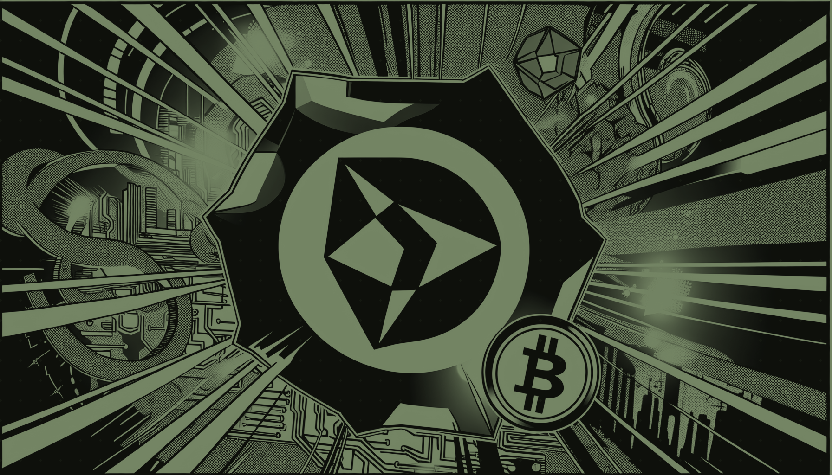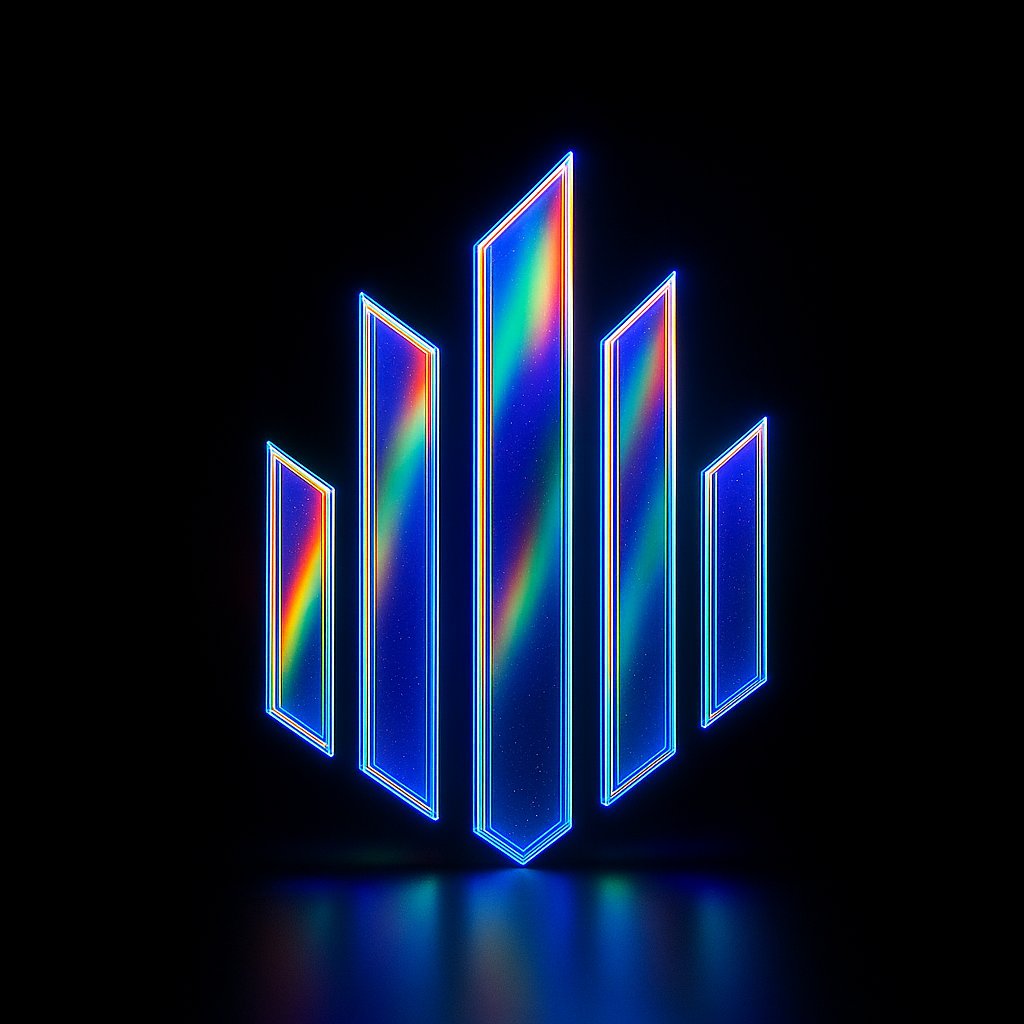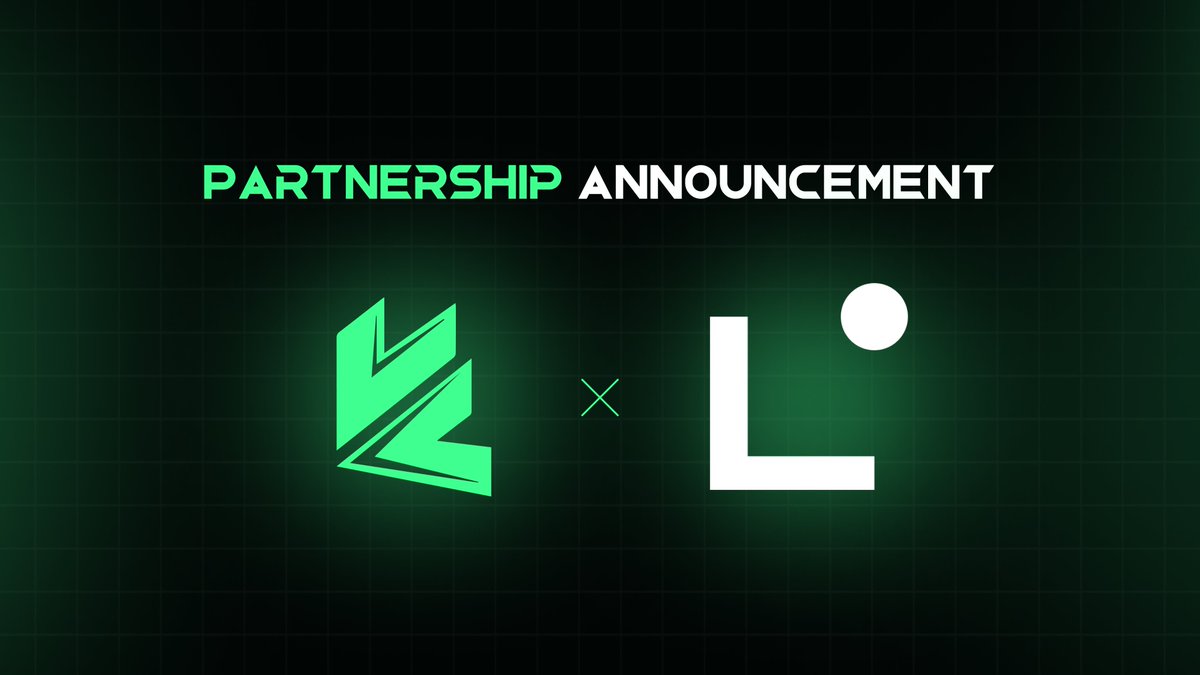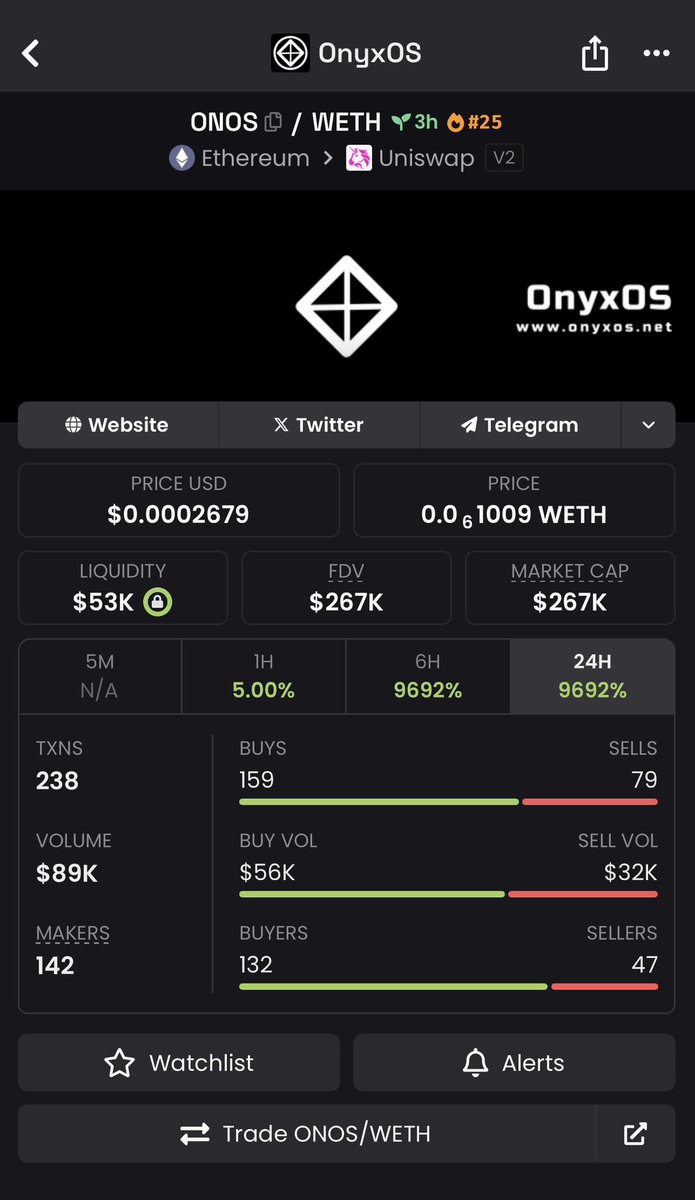Diving Deep into Ethereum: A Comprehensive Exploration
Introduction: The Decentralized Revolution
Imagine a world where financial transactions, digital ownership, and even governance operate without intermediaries—where trust is embedded in code rather than institutions. This is the vision of Ethereum, a decentralized blockchain platform that goes far beyond cryptocurrency. Ethereum is a global, open-source network enabling developers to build and deploy decentralized applications (dApps) powered by smart contracts. Unlike Bitcoin, which primarily functions as digital money, Ethereum is a programmable blockchain, making it the backbone of decentralized finance (DeFi), non-fungible tokens (NFTs), and even decentralized autonomous organizations (DAOs).
This report explores Ethereum’s technology, its ecosystem, challenges, and future potential, offering a deep dive into why it’s more than just a cryptocurrency—it’s a movement toward a decentralized future.
—
What is Ethereum?
At its core, Ethereum is a decentralized, open-source blockchain with smart contract functionality [24]. Unlike traditional databases, Ethereum operates on a distributed ledger, meaning no single entity controls it. Instead, a global network of nodes (computers) maintains and secures the blockchain.
Key Features of Ethereum
Unlike Bitcoin, which is primarily a digital currency, Ethereum is a platform for building decentralized systems. This flexibility has made it the foundation for innovations like DeFi, NFTs, and DAOs.
—
The Power of Smart Contracts
Smart contracts are the backbone of Ethereum. They eliminate the need for intermediaries by automating agreements. For example:
– A smart contract can automatically release funds when a shipment is delivered.
– It can execute a loan agreement without a bank.
– It can verify voter eligibility in a decentralized election.
Smart contracts are immutable, meaning once deployed, they cannot be altered—ensuring transparency and trust [15].
Use Cases of Smart Contracts
The potential applications are vast, limited only by imagination.
—
Ethereum vs. Bitcoin: More Than Just Crypto
While both Ethereum and Bitcoin are blockchain-based, they serve different purposes.
| Feature | Bitcoin | Ethereum |
|——————-|————————————-|—————————————|
| Primary Use | Digital currency (peer-to-peer payments) | Platform for decentralized applications |
| Consensus | Proof-of-Work (PoW) | Transitioning to Proof-of-Stake (PoS) |
| Smart Contracts | No native support | Built-in smart contract functionality |
| Native Token | Bitcoin (BTC) | Ether (ETH) |
Bitcoin is often compared to digital gold, while Ethereum is more like a decentralized operating system. Ethereum’s flexibility has made it the preferred platform for developers building blockchain-based solutions.
—
The Ethereum Ecosystem: A Thriving Metropolis
Ethereum’s ecosystem is vast and rapidly expanding. Some key components include:
1. Decentralized Finance (DeFi)
DeFi applications replicate traditional financial services (lending, borrowing, trading) in a decentralized way. Examples include:
– Uniswap – A decentralized exchange (DEX) for trading tokens.
– Aave – A lending and borrowing platform.
– Compound – A protocol for earning interest on crypto assets.
2. Non-Fungible Tokens (NFTs)
NFTs represent unique digital assets, such as art, music, and collectibles. Ethereum’s ERC-721 and ERC-1155 standards have made it the leading platform for NFTs [11].
3. Decentralized Autonomous Organizations (DAOs)
DAOs are organizations governed by code and community voting. They enable decentralized decision-making, such as:
– MakerDAO – A DAO managing the DAI stablecoin.
– Uniswap DAO – Governance for the Uniswap protocol.
4. Gaming & Metaverse
Blockchain-based games allow players to own in-game assets as NFTs, creating true digital ownership. Examples include:
– Axie Infinity – A play-to-earn game where players earn crypto.
– Decentraland – A virtual world where users buy, sell, and build on virtual land.
—
Challenges: Scalability and Security
Despite its potential, Ethereum faces significant challenges.
1. Scalability Issues
Ethereum’s current capacity is limited, leading to:
– High Gas Fees – Transaction costs spike during network congestion.
– Slow Processing – Only ~15-30 transactions per second (TPS) compared to Visa’s ~24,000 TPS.
2. Security Risks
Smart contracts are vulnerable to:
– Bugs & Exploits – Flaws in code can lead to hacks (e.g., the DAO hack in 2016).
– Reentrancy Attacks – A common vulnerability where attackers repeatedly call a function to drain funds.
To mitigate risks, developers use:
– Smart Contract Audits – Third-party reviews to identify vulnerabilities.
– Formal Verification – Mathematical proofs to ensure code correctness.
—
Ethereum 2.0: The Future of Scalability
To address scalability, Ethereum is undergoing a major upgrade: Ethereum 2.0 (Serenity). Key improvements include:
1. Proof-of-Stake (PoS)
– Replaces energy-intensive Proof-of-Work (PoW) with a more efficient consensus mechanism.
– Validators stake ETH to secure the network, reducing energy consumption by ~99%.
2. Sharding
– Divides the blockchain into smaller “shards,” allowing parallel processing.
– Increases transaction throughput significantly.
3. Layer 2 Solutions
– Rollups (Optimistic & ZK-Rollups) – Batch transactions off-chain before submitting to Ethereum.
– Sidechains (e.g., Polygon, Arbitrum) – Separate blockchains that interact with Ethereum.
These upgrades aim to make Ethereum faster, cheaper, and more sustainable.
—
The Role of AI in Ethereum’s Future
Artificial intelligence (AI) is increasingly integrated into Ethereum’s ecosystem. Key applications include:
The combination of AI and blockchain could unlock new possibilities, such as:
– Autonomous Agents – AI-driven bots executing smart contracts.
– Predictive Analytics – AI optimizing DeFi strategies.
—
Ethereum’s Impact Beyond Technology
Ethereum’s influence extends beyond finance and technology. It has the potential to:
– Empower the Unbanked – Provide financial access to billions without traditional banking.
– Strengthen Democracy – Enable secure, transparent voting systems.
– Support Creators – Allow artists and musicians to monetize their work directly.
Ethereum is not just about technology—it’s about building a more equitable and decentralized future [9].
—
Conclusion: The Decentralized Future is Here
Ethereum is more than a cryptocurrency; it’s a revolutionary platform reshaping finance, governance, and digital ownership. While challenges like scalability and security remain, Ethereum 2.0 and AI integration are paving the way for a more efficient and secure network.
As Ethereum evolves, its impact will only grow, driving innovation in DeFi, NFTs, gaming, and beyond. The journey toward a decentralized future is underway, and Ethereum is leading the charge.
—
Sources





